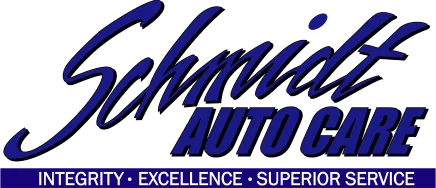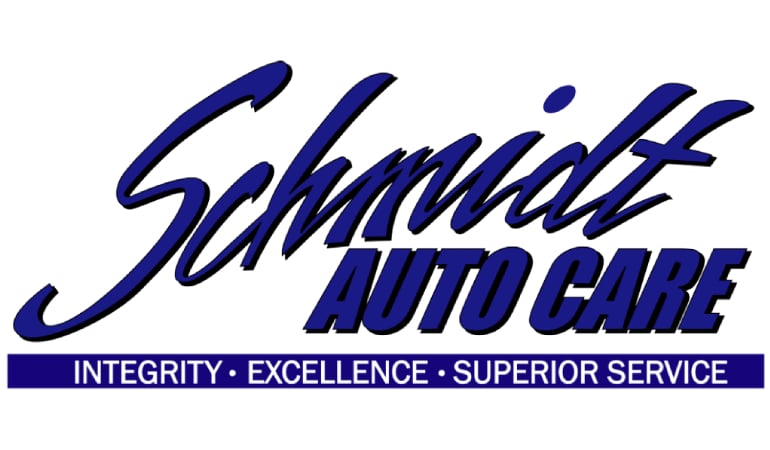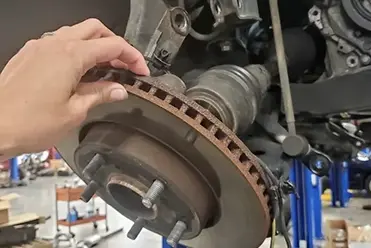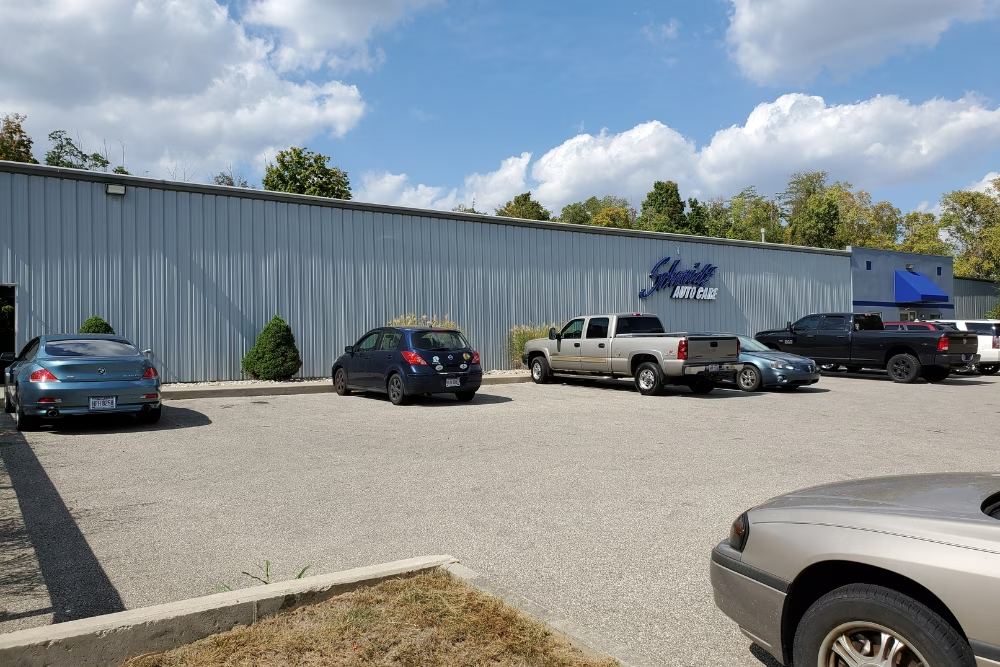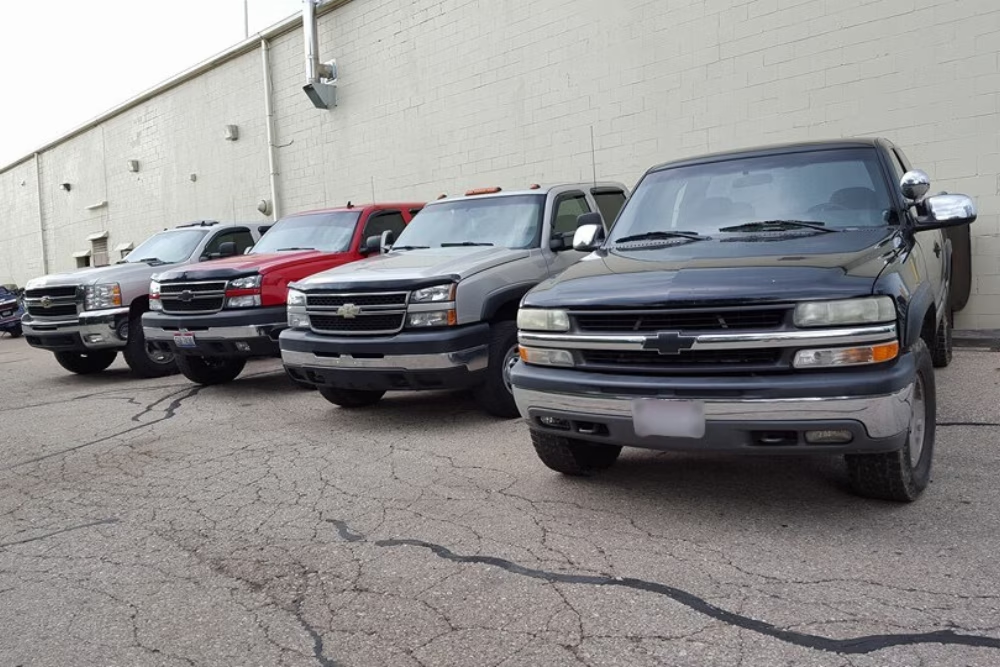Blog
Featured Blog
Expert Insight: When to Service Your Car’s A/C?
Stay cool all summer! Get expert A/C repair & maintenance at Schmidt Auto Care in Springboro, OH. Schedule your service…
Expert Insight: When to Service Your Car’s A/C?
April 3, 2025
Why February Is the Perfect Time for a Brake Check in Springboro, OH
February 28, 2025
Curbside Delight in Springboro with Schmidt Auto Care
August 12, 2024
